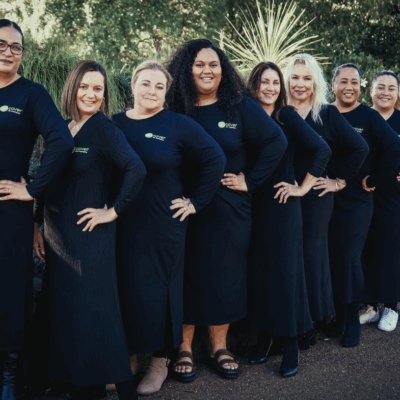What customer feedback tells us
Few companies can say they know exactly what nearly 1 in 4 Kiwis think of the businesses they use, but Customer Radar can do just that after gathering their millionth piece of feedback through their customer feedback technology platform.
986
Few companies can say they know exactly what nearly 1 in 4 Kiwis think of the businesses they use, but Customer Radar are able to do just that after gathering their millionth piece of feedback through their customer feedback technology platform.
The customer experience-oriented company works with major retailers throughout New Zealand to deliver live insights from their customers, including pharmacies and supermarkets, through to electronic retailers, automotive sales and services; you may even receive a text or email after a hair appointment or visit to the doctors. Since launching in 2009, it has provided clients with the ability to gather real-time feedback directly and privately from customers and turn those into insights that they can then use to improve their business and retain customers.
With Australasia’s biggest dataset, the millionth piece of feedback was submitted in late July.
Mat Wylie, founder of Customer Radar (and a regular contributor to NZBusiness magazine), identifies three major trends that have emerged through the feedback submitted by customers so far.
The first, the “Sunday phenomenon,” highlights an issue with the working weeks of most senior staff. For most retailers, Sunday is their biggest trading day, but many senior staff don’t like working on the weekends so leave part-timers at the helm.
“On average, Sunday is the worst day for customer service across most retail business," says Wylie. "The biggest issue is that more junior staff or part-timers are working who are often not as well trained, and they don’t deliver as good a customer experience.”
One insight that may surprise business owners, and that supports the idea that people are key, is that overall, “staff are the single biggest factor that affects customer experience. More than product, price, or location, it’s often the people who make or break a business, and we have the data to prove it,” says Wylie.
Another major trend is the default to price. “If customers aren’t satisfied, or don’t have a great customer experience, they default to wanting a lower price. The less satisfied a customer is with their experience, the more prominent price becomes,” explains Wylie. “That’s why providing great service is so important – it allows you to compete on more than price, which can only be good news for their customers and a business’ profit margins.”
Over a thousand individual “feedback measures” (individual stores, departments or people) are currently tracking responses using Customer Radar technology. “It’s taken us five years to get to a million responses, and with the growth of our business and volume of feedback responses our users are generating it should take us less than 12 months to reach the next million,” says Wylie. “This is amazing growth, as the more data we receive, the more valuable it becomes for our clients.”
Wylie describes how all businesses using Customer Radar have become far more customer focused. “They’re now able to put their customers voice right at the middle of their business, and can see exactly what they like and don’t like. What’s fantastic is that they are changing every day based on that information. Customer satisfaction scores are growing continuously across the board for all of our clients. Most of them become more profitable as a result, because they retain more customers then their competition.”
Looking forward, Customer Radar is set to expand throughout Australasia and further afield, with the technology able to be used in any English speaking country (and other languages on their way).
“It seems crazy to me that you wouldn’t want to have your customer’s voice as the centre of your business. Every customer should be able to give feedback every day,” says Wylie. “The fact that we have now reached a million feedback responses in just five years is a testament to the real desire that Kiwis have to offer their opinions and get a better customer experience.”






